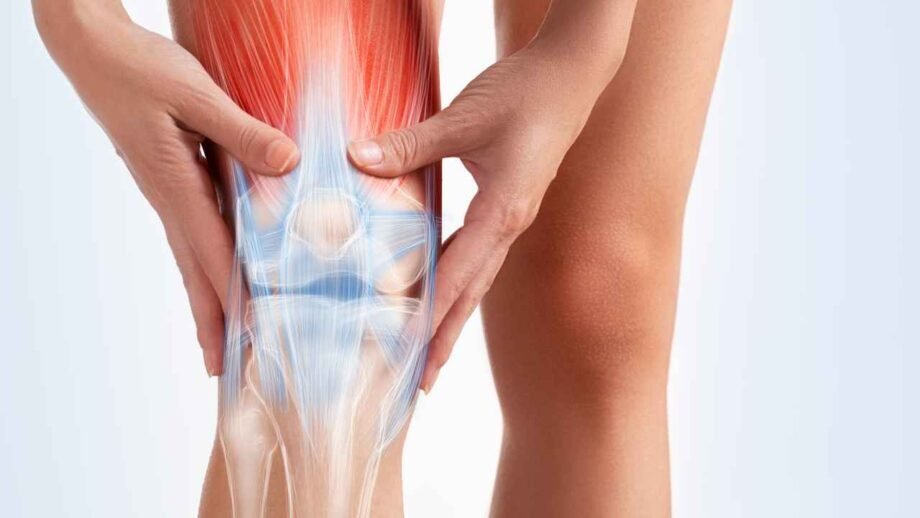Are you curious about what that small, rounded bone on the front of your knee is? That’s your patella, also known as the knee cap. It may seem like a small part of your body, but it plays a crucial role in our everyday movements and activities.
In this blog post, we will delve into the purpose and function of the knee cap so that you can gain a better understanding of its importance to our bodies. So let’s get started and answer the question: What is a Knee Cap For?
What is the knee cap?
The knee cap, also known as the patella, is a small triangular bone located in front of the knee joint. It acts as a protective shield for the delicate structures within your knee and helps to distribute forces evenly across your knee joint during movement.
Made up of dense bone tissue, the patella has a unique shape that allows it to glide smoothly along with other bones as you move your leg. It is held in place by muscles, tendons, and ligaments which attach to its surface.
The size and shape of the kneecap can vary from person to person depending on age, gender, and activity level. Generally speaking though, it is about two inches long and one inch wide at its widest point.
Despite its small size, this little bone plays an essential role in our everyday lives. From walking upstairs to running marathons or simply standing upright- everything we do involves our knees!
What is the purpose of the kneecap?
The purpose of the knee cap, also known as the patella, is to protect the knee joint and provide leverage for muscles. It acts as a shield that covers and protects the front of your knee joint from any impact or external forces. The patella also helps in reducing friction between bones.
Moreover, it plays an essential role in the movement by providing leverage for strong thigh muscles such as the quadriceps femoris muscle group to extend your lower leg while walking or running. This extension allows us to perform various activities like jumping, squatting, climbing stairs, etc.
The kneecap remains attached through tendons on both sides of your leg that connect the thigh bone with the shinbone; hence keeping it intact with other parts of the body structure.
We can say that without our knee cap’s protection and support during physical activity would lead to severe injuries and discomforts even minor impacts could be painful if there were no patella at all. In case of injuries knee supports can be used.
How does the knee cap work?
Knee cap, also known as the patella, is a small flat bone located in front of the knee joint. It sits within the tendon of the quadriceps muscle group and helps to protect and support the joint during movement. But how does it work?
When you bend your knee, the quadriceps muscles contract to straighten your leg. As they do so, they pull on the tendon attached to your kneecap, causing it to glide upward along a groove at the end of your thigh bone. This action increases leverage on your lower leg bones and allows you to lift heavier loads with less effort.
At the same time, this gliding motion helps distribute forces evenly across your knee joint by reducing pressure on specific areas such as cartilage or ligaments. Additionally, when bending or flexing your knees repeatedly (such as when climbing stairs), this sliding mechanism reduces friction between surfaces and minimizes wear and tear on surrounding tissues.
Understanding how our amazing bodies are designed can help us appreciate just how intricate and complex our movements really are!
Why do we have a kneecap?
The knee cap is an important component of our skeletal system that plays a vital role in enabling us to undertake various physical activities. It serves as a protective shield for the knee joint and helps in distributing body weight evenly, reducing pressure on the bones and tissues.
Without a knee cap, our knees would be more susceptible to injuries and damage from constant wear and tear caused by walking or running. Moreover, we would also struggle with balance and stability while standing up or moving around.
Therefore, it is essential to take good care of our knees by maintaining proper posture while sitting or standing, stretching before exercising, wearing comfortable shoes, and avoiding overuse of these joints. By doing so, we can ensure that our knees stay healthy throughout our lives.
